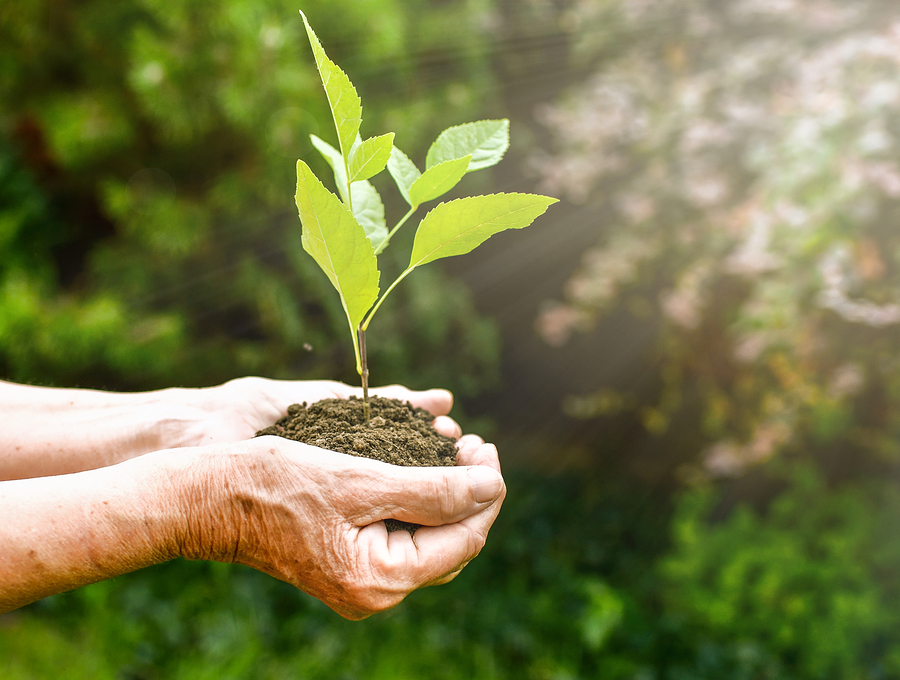It seems like every time you turn on the news, there is a report about the climate crisis and startling trends about global warming. With future generations in mind, more and more retirees are making environmentally conscious decisions about their senior living options.
In my book, What’s the Deal with Retirement Communities (which makes a great gift for the holidays!), I discuss how environmental sustainability is an important trend we will see in the continuing care retirement community (CCRC or life plan community) industry going forward.
>> Related: The CCRC of the Future: Community Design
The eco-friendly CCRC of tomorrow
With this next generation of retirees, I expect we will see an increasing demand for Leadership in Energy and Environmental Design (LEED)-certified retirement communities, which focus on energy, space, and water efficiency, as well as reducing waste and using environmentally friendly building materials.
I also suspect we will see a greater emphasis on eco-friendly designs that include features like solar energy, rainwater harvesting, low flow-water fixtures, recycled construction materials, daylight harvesting, high-efficiency light fixtures, and more. Although some CCRC developers may not formally apply for LEED certification, they will still implement many of these sustainability features.
To help reduce the carbon footprint of CCRCs that are being built now and into the future, walkability and access to transportation will be an increasingly important focus. Many new communities will look to build in urban areas so residents can walk or have easy access to stores, restaurants, and entertainment centers. Of course, this provides a secondary benefit to CCRC residents by increasing their level of activity and social interactions. The challenge for developers, however, is that land in urban areas is more expensive than in rural or less developed areas.
To appeal to residents’ interest in environmental issues, CCRCs of the future also may want to consider offering educational programs on sustainability topics, empowering residents to help make an impact. Communities may even want to contemplate providing their residents with updates on month-to-month energy savings so that the entire resident population has a sense of buy-in. This, too, has a secondary benefit of providing residents with a common focus and a reason for increased interactions.
>> Related: CCRCs Help Seniors Stay Active for a Healthier Life
A forward-thinking CCRC with a sustainable design
This past week, I read about Willamette View, a CCRC in Milwaukie, Oregon, which recently built a new eco-friendly building on their 27-acre campus. The North Pointe building is a four-story independent living residential building that includes an array of earth-conscious features.
The building’s roof has solar panels and “living” carport roofs that are planted in sedums, a sun-loving perennial succulent with water-storing leaves. The residential units are equipped with Energy Star appliances, power-saving LED light fixtures, and are constructed with low-VOC (short for volatile organic compounds) paints and adhesives, which do not produce any hazardous fumes or gasses. The trees that had to be cut down to make space for the construction were milled and the lumber used in the North Pointe building’s lobby.
>> Related: Bon Appetit: CCRCs Opening Their Dining Facilities to the Public
The environmentally conscious retiree
As the next generation of seniors reaches retirement age, I believe we will see a growing emphasis on sustainably designed senior living communities. After all, this is the generation that came of age during the modern environmental movement, which began in the 1960s with concern about air and water pollution, and evolved into the sustainability and environmental justice movements of the 1980s, when today’s seniors were raising their families.
Now, more and more retirees are considering the world they will leave to their grandchildren and great-grandchildren, and accordingly, are making more environmentally conscious senior living decisions. The CCRCs of the future should be cognizant of this important sustainability trend when making decisions about building materials and design.






